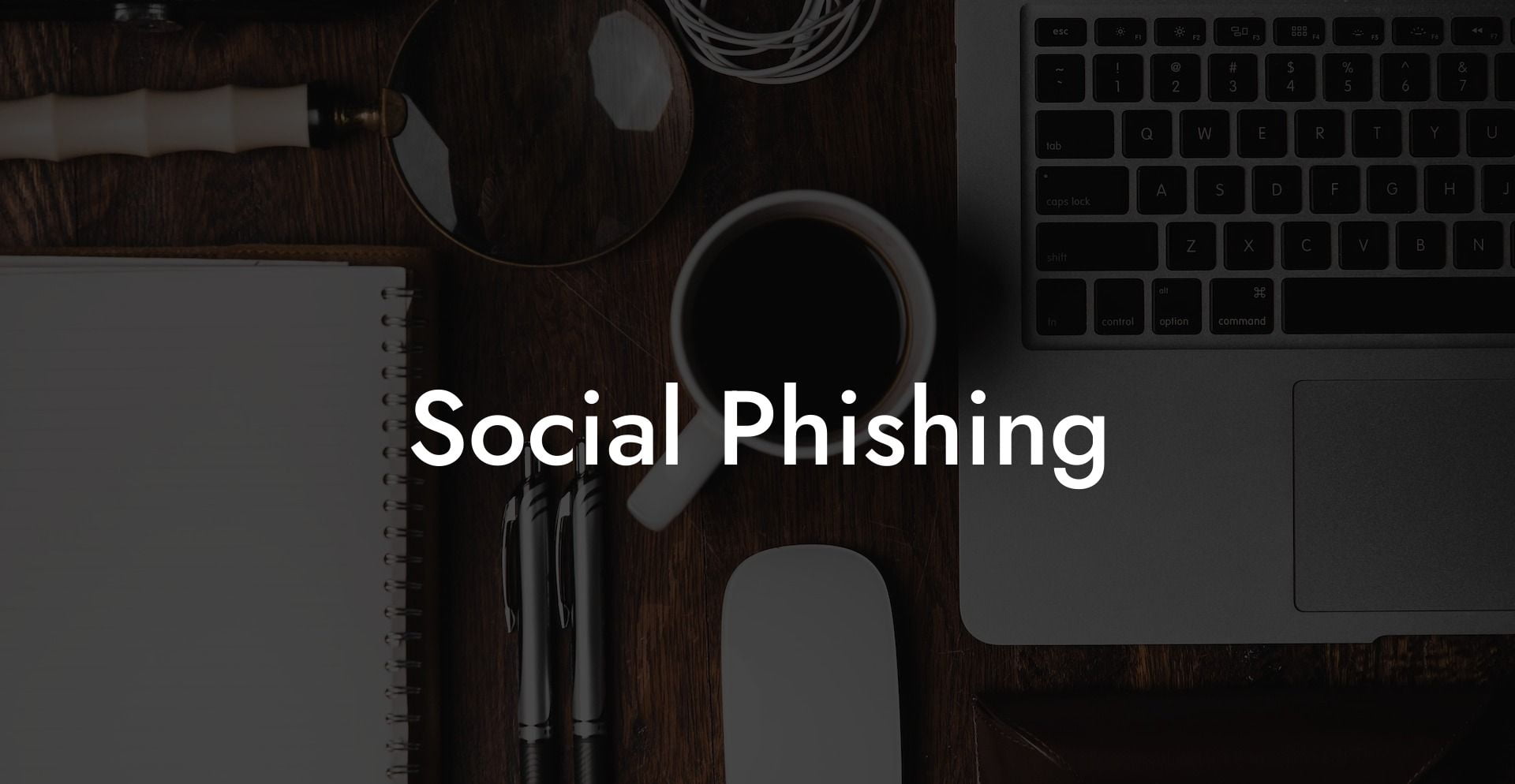In the age of social media and digital communication, con artists are adapting and evolving their deceitful tactics. Enter social phishing: a method that manipulates individuals through seemingly innocent social media messages, friend requests, or content. Criminals are now using social networking platforms to pose as trustworthy entities in order to steal your personal information or infiltrate your device with malware. The goal? To have you willingly hand over your sensitive data or access your finances.
Social Phishing Table of Contents
In this comprehensive guide on social phishing, we will help you understand the ins and outs of this malicious practice, teach you how to identify a scam, and empower you with preventative measures to help safeguard your digital life.
What is Social Phishing?
Protect Your Data Today With a Secure Password Manager. Our Top Password Managers:
Social phishing is a type of online scam that involves hackers impersonating users, businesses, or organizations on social media platforms. They then create fake accounts or use compromised ones to target unsuspecting victims. These malevolent actors often use social engineering tactics like preying on emotions, impersonating authority figures, and exploiting the human desire to be helpful to bait users into revealing sensitive information, clicking on malicious links, or falling for scams.
How Does Social Phishing Work?
- Fake accounts: Cybercriminals can create accounts imitating real people or organizations in order to build trust with their audience. They may look like a friend or a legitimate business at a glance, but closer inspection will often reveal inconsistencies or red flags.
- Social media messages: Targeting users through direct messages via popular platforms like Facebook, Instagram, Twitter, or LinkedIn, scammers can share links or attachments with hidden malware or direct you to spoofed websites.
- Token-based scams: Some phishing attempts exploit cryptocurrencies or social media tokens. They promise returns on investment or “free” tokens if you participate in their scheme, but instead, steal your information and investment.
Social Phishing Example
You receive a Facebook message from a high school classmate you haven't spoken to in years. They express their excitement to have found you after all these years and invite you to check out a website they've recently launched. Excited and nostalgic, you click the link, only to discover that your computer now has malware, spying on your activity and potentially accessing sensitive information like bank account details and login credentials. You've just fallen victim to a social phishing attack.
Social phishing exploits the trust we put into social media platforms and the relationships we build online. Therefore, we must be extremely vigilant and cautious about what we share and whom we interact with in the digital space. The consequences of becoming a victim could lead to significant financial and emotional losses.
Remember to always verify the authenticity of an account before interacting, keep an eye out for signs of scams or phishing attempts, and use caution when clicking on links or sharing your information. Your vigilance will help protect your digital life from the malicious intentions of social phishers.
Share our comprehensive guide on social phishing to spread awareness and educate others on the importance of keeping personal information safe on social media. Also, don't forget to explore our other guides on Voice Phishing for further insight into various phishing methods and how to stay safe in today's digital age.
Protect Your Data Today With a Secure Password Manager. Our Top Password Managers:















